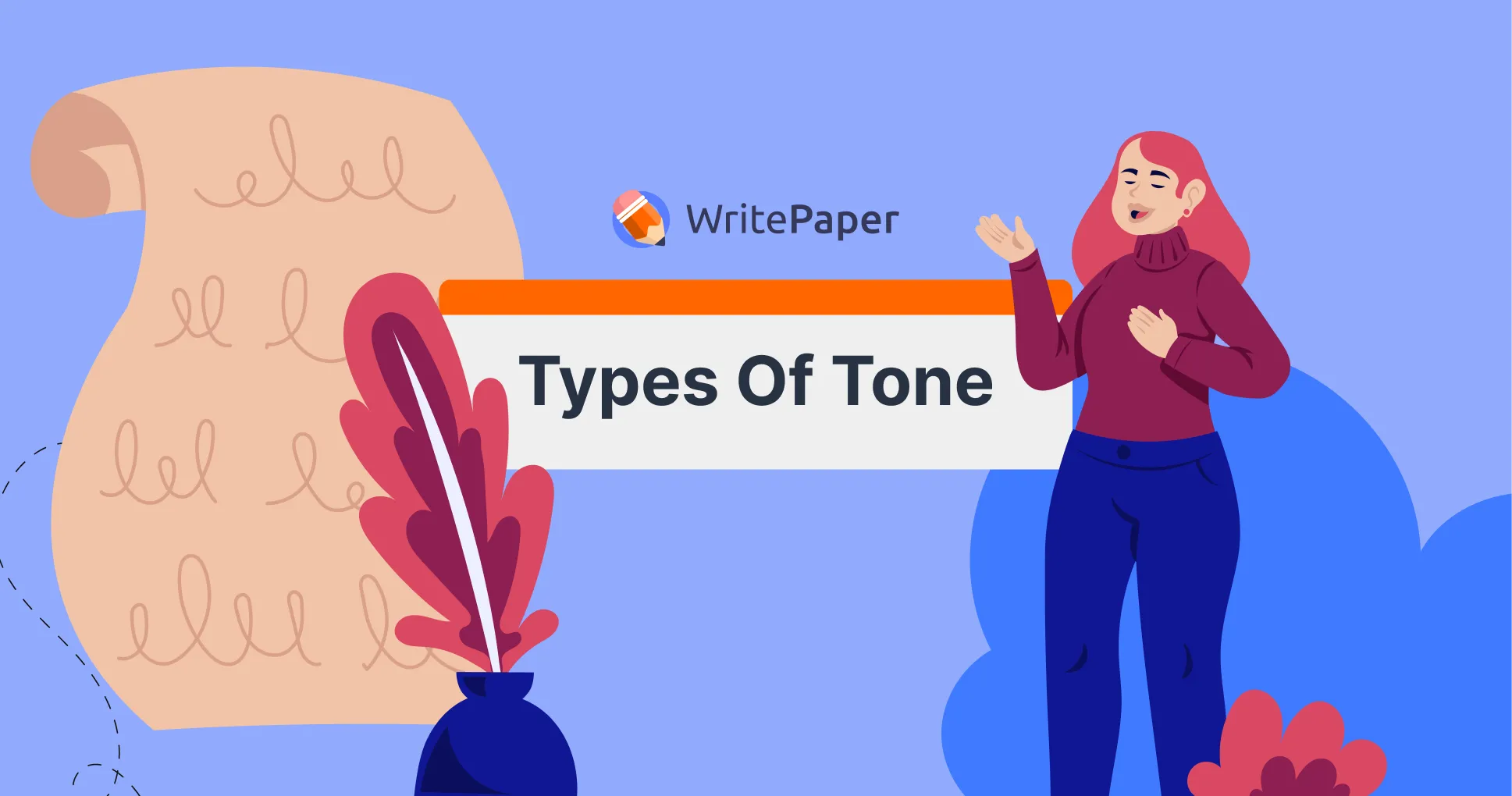Ever felt lost in the abstract abyss of lab work? Well, fear not! We're here to make writing your lab report as easy as a Sunday morning coffee. No more scientific jargon – just plain, simple tips and a sprinkle of fun. Let's turn that abstract stress into abstract success! Roll up your sleeves and start reading, or use our paper writer service if you lack time or commitment to work on a lab report.
What Is the Abstract of a Lab Report?
The laboratory report abstract is a concise summary that provides a brief overview of the essential elements of the experiment, its methodology, results, and key findings. It serves as a condensed version of the lab report, offering a snapshot of the research question, the experimental approach, and the primary results obtained.
The researcher usually introduces the problem or question under investigation, outlines the experiment's objectives, and presents the context for the study. The second part focuses on the methodology, summarizing the experimental design, procedures, and methods used to collect and analyze data.
Additionally, key results and findings are highlighted, offering a glimpse into the outcomes without the need to go through the detailed lab report. In essence, the synopsis acts as a quick reference guide, allowing readers to decide whether the full lab report is relevant to their interests or research needs. Need help with this task? Simply say, ‘write my lab report,’ and our experts will assist in no time.
How Long Should a Lab Report Abstract Be?
The length of a laboratory report abstract can vary depending on the specific requirements of the assignment or the guidelines provided by the instructor. However, in general, these documents are typically concise and range from 100 to 250 words. It's essential to balance providing enough information to convey the key aspects of the experiment and keeping it brief enough for quick comprehension.
The goal is to offer a succinct overview of the research question, methodology, results, and major findings. As a rule of thumb, a compendium for a lab assignment should be long enough to include essential details but short enough to be read quickly. Always check the specific requirements outlined in your lab report task or follow any guidelines provided by your instructor regarding the lab assignment’s length.
What’s the Fastest Way to Write a Lab Report Abstract?
If you’re not up to the task, delegate the assignment to an expert writer.

What to Include in the Abstract of a Lab Report?
Remember to keep the lab report concise, clear, and informative, providing a snapshot of the entire lab report. Each of these components should be presented in a brief and focused manner to convey the essential aspects of the research. The outline of a lab report typically includes the following key components:
Purpose/Objective
- Clearly state the purpose or objective of the experiment.
- What was the main question or problem the study aimed to address?
Methods/Experimental Design
- Briefly outline the experimental design and methods used to conduct the research.
- Highlight key procedures, materials, and equipment.
Results
- Summarize the primary results obtained from the experiment.
- Focus on the most significant findings without going into excessive detail.
Data Analysis
- Mention any key statistical or analytical methods used to analyze the data.
- Highlight trends or patterns observed.
Conclusion/Significance
- Provide a concise summary of the conclusions drawn from the results.
- Emphasize the significance of the findings and their implications for the broader scientific community.
Key Terms/Variables
- Include relevant scientific terms or variables essential for understanding the experiment.
- This helps readers grasp the nature of the study quickly.
Limitations
- Optionally, mention any limitations or constraints in the study that might impact the interpretation of results.
Keywords
- If required, include keywords that capture the essential concepts of the experiment.
- This facilitates database searches and helps others locate your work.
Use our lab report writing services to gain an advantage when dealing with such an assignment. This will save you time and help you develop a better document that requires no revisions.
Types of Lab Report Abstracts
Outlines can be broadly categorized into two types: informative and descriptive. The key distinction lies in their respective approaches to summarizing the content of a document.
.png)
Informative Abstracts: Going beyond merely summarizing the main points; they provide a condensed version of the entire document, offering a glimpse into the research question, methodology, results, and conclusions. Informative summaries typically include key details, such as the purpose of the study, methods employed, major findings, and the overall significance of the research. Informative compendiums are more common in academic and scientific writing, as they give readers a comprehensive overview and aid in deciding whether to delve into the full document.
Descriptive Abstracts: On the other hand, descriptive abstracts focus on summarizing the main points without delving into the specific details of the study. They highlight the central theme, main arguments, and key conclusions without providing a detailed breakdown of the research methods or results. Descriptive outlines are commonly found in non-academic writing, such as articles in magazines or newspapers, where brevity and simplicity are prioritized. These tasks are often more suitable for a general audience looking for a quick understanding of the document's central theme.
While informative abstracts aim to convey a comprehensive understanding of the document, including specific details, descriptive ones focus on providing a general overview, emphasizing the core message without diving into intricate aspects of the content. The choice between these types depends on the audience, context, and purpose of the document.
Have You Already Started Writing Your Lab Report Abstract?
If not, don’t wait until it’s too late and use our writing service now!

How to Write an Abstract for a Lab Report?
Writing an abstract for a lab report involves summarizing the key elements of the experiment in a concise and structured manner. Here's a guide on how to write an abstract for a lab report:
Understand the Purpose
- Before you start, understand the purpose and objectives of the experiment.
- Identify the key elements that should be highlighted in the document.
How to Start an Abstract for a Lab Report
- To start, you'll want to open with a clear and concise statement that introduces the purpose and context of your experiment.
Follow the Guidelines
- Check any specific guidelines or requirements provided by your instructor.
- Adhere to any word limits or formatting instructions.
Structure the Abstract
- Begin with a clear statement of the purpose or objective of the experiment.
Describe the Methods
- Provide a brief overview of the experimental design, methods, and procedures.
- Highlight the key steps and materials used in the experiment.
Summarize the Results
- Concisely summarize the main results and findings of the experiment. Focus on the most significant outcomes and any trends or patterns observed.
Include Data Analysis
- Mention any relevant statistical or analytical methods used to interpret the data. This helps convey the rigor of your scientific approach.
State the Conclusions
- Present the conclusions drawn from the results. (how to write a conclusion for a lab report)
- Discuss the implications of your findings and their significance in the broader context.
Highlight Key Terms
- Include key scientific terms or variables essential for understanding the experiment
- This aids readers in grasping the nature of your study.
Avoid Unnecessary Details
- Keep the text concise and to the point.
- Avoid unnecessary details that may clutter the summary.
- Stick to the essential information.
Review and Edit
- After writing the outline, review and edit it for clarity, coherence, and accuracy.
- Ensure that it accurately represents the main elements of your lab report.
Since your abstract is a standalone summary, someone should be able to understand the main aspects of your experiment by reading it alone. Tailor your synopsis to the specific requirements of your lab report and any guidelines provided by your instructor. If you don’t understand any of the points, consider using our write my report service, which will be a quicker and less stressful solution.
Effective Lab Report Abstract Writing Tips
The main aspects encompass essential elements such as the clear articulation of the experiment's objective or purpose, a concise summary of the methods employed in conducting the research, the primary results and findings obtained from the experiment, and a brief discussion of the implications or significance of the research.
These components collectively give readers a succinct overview of the experiment, enabling them to grasp the essential details and key outcomes without reading the entire lab report. If you want to polish the wording before submission, an essay grammar checker free can help you tidy up errors and keep your explanations clear. For your convenience, we broke down the most essential aspects of coping with a lab report below:
Capture the Essence in a Sentence
- Summarize the core objective and significance of your experiment in a single, impactful sentence.
- This concise opening sets the tone for the entire document.
Be Specific with Results
- Instead of vague statements, provide specific quantitative results when possible.
- This adds precision to your writing, making your findings more tangible.
Highlight Novel Approaches
- If your experimental methods include innovative or unique approaches, briefly highlight them.
- This can make your summary stand out and showcase the originality of your study.
Address the "So What" Factor
- Clearly articulate why your research matters.
- Address the "So What" question by discussing the broader implications or applications of your findings.
Avoid Repetition of Information
- Keep your content concise by avoiding unnecessary repetition of information.
- Ensure that each sentence adds value and contributes to the overall understanding of your experiment.
Maintain a Neutral Tone
- Write in a neutral and objective tone, avoiding subjective language.
- Focus on presenting factual information and let the significance of your findings speak for itself.
End with a Forward-Looking Statement
- Conclude your abstract by offering a forward-looking statement.
- Discuss potential future research directions or applications, leaving the reader with a sense of anticipation and curiosity.
For more information about academic writing, please consult our climate change essay introduction guide.

-2.png)



.webp)